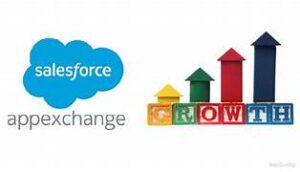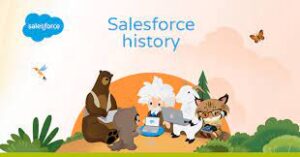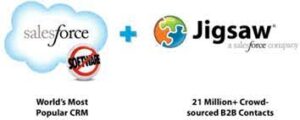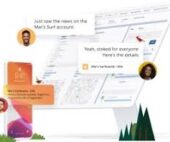Why Agentic Automation?
Customers now engage with brands across 8+ channels, demanding consistency and personalization at every touchpoint. Yet:
73% of customers expect better personalization as tech evolves (Salesforce “State of the AI Connected Customer”)
1 .Only 31% of marketers feel confident unifying customer data (Salesforce “State of Marketing”)
43% still use fragmented personalization, mixing mass messaging with targeted efforts
Traditional automation falls short—but AI-powered agents bridge the gap, acting as intelligent assistants that autonomously execute tasks, personalize interactions, and optimize campaigns in real time.
What is Agentic Automation?
Agents are AI systems that understand, decide, and act—handling everything from customer service queries to full campaign orchestration. Unlike rule-based automation, they:
✅ Learn & adapt based on real-time data
✅ Multitask (e.g., draft emails, adjust ad spend, qualify leads simultaneously)
✅ Work across silos, unifying data for seamless customer journeys
The 5 Key Attributes of an Agent
Role – What it’s designed to do (e.g., optimize social campaigns, nurture leads)
Trusted Data – Access to CRM, engagement history, brand guidelines
2 .Actions – Skills like content generation, A/B testing, performance tracking
Channels – Where it operates (email, social, chat, ads)
Guardrails – Ethical limits, compliance rules, brand voice guidelines
Example: A social media agent can:
Analyze past performance & trends
Generate post ideas aligned with brand voice
Schedule content & adjust targeting in real time
Escalate sensitive issues to humans
How Agents Transform the Customer Lifecycle
1. Awareness: Smarter Campaign Creation
Autonomously generates audience segments, ad copy, and campaign briefs
Optimizes spend by pausing low-performing ads & reallocating budgets
Personalizes content based on real-time engagement data
2. Conversion: Automated Lead Nurturing
Engages website visitors with dynamic recommendations
Scores & routes leads to sales teams based on intent signals
Orchestrates follow-ups via email, SMS, or chat
3. Engagement: Hyper-Personalized Experiences
Recommends products/content based on browsing history
A/B tests messaging across channels
Adjusts journeys in real time (e.g., swaps promo offers if a customer hesitates)
4. Retention & Loyalty: Proactive Relationship-Building
Identifies at-risk customers & triggers re-engagement offers
Handles service inquiries (returns, tech support) via chat/SMS
Escalates complex issues to human agents seamlessly
The Marketer’s Advantage: From Tactical to Strategic
Agents don’t replace marketers—they amplify their impact:
🔹 Eliminate grunt work (e.g., manual reporting, repetitive follow-ups)
🔹 Break down data silos, unifying CRM, ads, and service history
🔹 Make real-time decisions (e.g., pausing ads, adjusting discounts)
🔹 Scale 1:1 personalization without added headcount
Example: An agent can:
Draft a win-back email for a lapsing customer
Sync it with their past purchases & service tickets
Send it via their preferred channel (email/SMS)
Track opens/clicks & trigger a follow-up if ignored
Getting Started: Building Your Agent Foundation
Unify Your Data – Integrate CRM, marketing tools, and service platforms.
Define Key Roles – Start with one high-impact use case (e.g., lead nurturing).
Set Guardrails – Ensure brand compliance, privacy, and ethical AI use.
Test & Refine – Use feedback loops to improve accuracy and relevance.
“Agents are like a tireless, data-driven marketing assistant—freeing you to focus on strategy while they handle execution.”
The Future: AI + Human Collaboration
The next era of marketing isn’t about choosing between automation and human touch—it’s about combining them. Agents will:
Handle routine interactions, letting teams focus on high-value creativity
Predict customer needs before they arise
Drive unprecedented efficiency (e.g., 275K+ hours saved annually at Salesforce)
Ready to transform your marketing? Start small, scale fast, and let agents turn data into lasting relationships.
Key Takeaway: Agentic automation isn’t just efficiency—it’s smarter, faster, and more personal customer engagement at scale.













